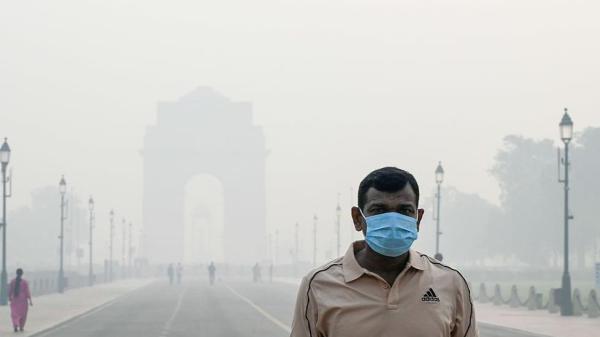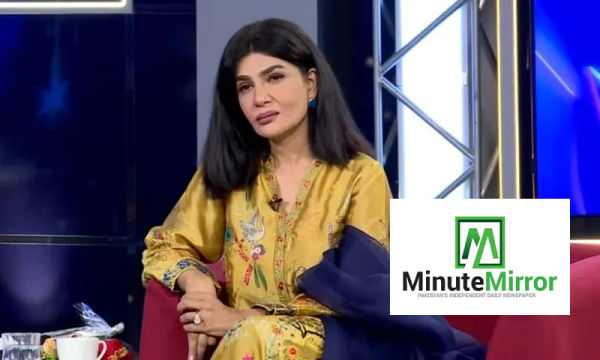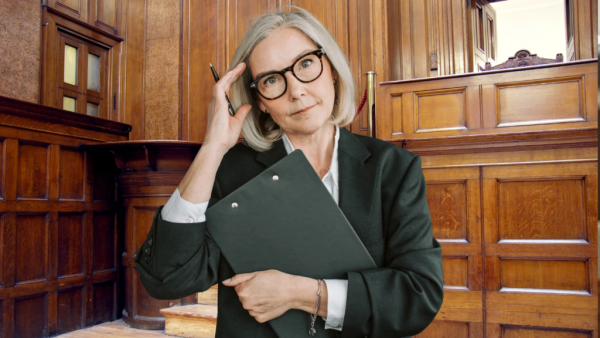
Delhi’s Toxic Air Crisis: The capital city, once celebrated for its heritage and vibrancy, now finds itself enveloped in a suffocating haze. Delhi’s air has once again crossed dangerous limits, with the Air Quality Index (AQI) reaching alarming levels. Early Monday morning brought a faint improvement, but the overall situation remains dire. For millions of residents, each breath feels heavier, as the city grapples with one of its worst pollution spells in recent years. Despite repeated government interventions, the toxic air lingers, blurring skylines and threatening lives.

Air Quality Situation Across Delhi
Delhi’s pollution levels have been fluctuating within the “very poor” to “severe” range for several consecutive days. According to the Central Pollution Control Board (CPCB), the AQI recorded on Sunday morning stood at 391, marking one of the highest levels this season. Areas like Bawana, Wazirpur, and ITO have been among the worst-hit, with AQI readings consistently crossing the 400 mark—an indication of severe pollution. This means the air is loaded with fine particulate matter (PM2.5 and PM10) that can deeply penetrate the lungs and bloodstream.
The neighbouring cities of the National Capital Region (NCR)—Faridabad, Noida, Ghaziabad, Gurugram, and Greater Noida—aren’t spared either. Their AQI levels hover between 300 and 350, making the air unsafe even for healthy individuals. For those with respiratory issues, this environment poses life-threatening risks. Morning jogs, school runs, and even simple outdoor activities have now become health hazards.
Persistent Causes Behind the Smog
Experts point to multiple factors fueling Delhi’s air crisis. Stubble burning in nearby states continues to be a major contributor, with winds carrying dense smoke into the city. Add to that vehicular emissions, industrial pollution, and construction dust—each element combining to create a toxic cocktail. Despite bans and fines, open garbage burning remains rampant in several areas, further worsening air quality.
The failure in implementing the Graded Response Action Plan (GRAP) effectively has also been criticized. While restrictions under GRAP Stage 3 are in place—such as halting construction and limiting vehicle use—compliance remains low. This lack of enforcement has allowed pollution sources to thrive unchecked, undermining efforts by both local and central authorities.
Citizens Rise in Protest
Amid growing frustration, hundreds of citizens, including environmentalists, parents, and activists, gathered at India Gate to demand immediate government action. The protest symbolized a collective cry for clean air, as participants held placards and wore pollution masks to highlight the gravity of the crisis. Parents expressed deep concern for their children’s health, fearing long-term damage due to prolonged exposure to toxic air.
Environmental activist Bhavreen Khandari voiced her discontent, emphasizing that children’s lungs are already compromised and could reduce life expectancy by nearly a decade. Despite being an unauthorized gathering, people continued to protest, highlighting the urgent need for dialogue and action. Police eventually detained several demonstrators, citing the lack of prior permission for assembly. However, the citizens’ message was clear—Delhi can no longer wait for bureaucratic approvals to breathe freely.
Political Response and Accountability
The political response to this crisis has been equally heated. The Aam Aadmi Party (AAP) extended its support to the citizen-led movement, accusing the opposing BJP-led central government of neglect. AAP spokesperson Priyanka Kakkar highlighted the lack of coordination and seriousness in addressing the issue, stating that denial and blame games have only worsened the situation. Meanwhile, opposition parties have accused the Delhi government of inefficiency, particularly in implementing anti-pollution measures effectively.
Both governments continue to trade accusations instead of forming a unified front. This political tug-of-war has delayed much-needed reforms in public transportation, industrial regulation, and urban waste management—all of which are critical to improving air quality.
The Health Toll of Toxic Air
The impact of Delhi’s polluted air extends far beyond mere discomfort. Prolonged exposure to high AQI levels can lead to chronic respiratory diseases, heart problems, and even premature death. Doctors across Delhi report an alarming rise in cases of asthma, bronchitis, and eye irritation, especially among children and the elderly. Schools have been forced to shut down intermittently, and outdoor activities are being curtailed to protect young lungs.
The city’s hospitals are witnessing an uptick in emergency admissions due to breathing difficulties. Health experts warn that continued exposure to PM2.5 particles can cause irreversible lung damage. The invisible threat lingers in homes, offices, and schools, making clean air a luxury only available indoors with purifiers running non-stop.
The Way Forward
Delhi’s air pollution crisis demands a holistic and urgent response. Short-term measures such as odd-even vehicle schemes or temporary bans on construction can offer some relief, but sustainable solutions lie in stricter emission norms, cleaner fuels, and large-scale green initiatives. Urban planning must prioritize greenery, while citizens must also take responsibility by reducing personal vehicle use, avoiding waste burning, and supporting eco-friendly policies.
Technology, too, can play a role—real-time monitoring, AI-based pollution prediction, and renewable energy adoption can drive meaningful change. Collaboration between the Centre, state, and citizens is the only path to reclaiming Delhi’s blue skies.
Conclusion
Delhi’s smog crisis is more than an environmental issue—it’s a public health emergency and a wake-up call for urgent, collective action. The capital, a city of over 20 million dreams, cannot afford to choke under its own neglect. Clean air is not a privilege; it’s a right every citizen deserves. Until all stakeholders—governments, industries, and citizens—join hands to combat this menace, the haze will continue to define Delhi’s skyline and its fate.
-
Iffat Omar explains why she stepped away from showbiz industry

-
NJ Mom Believes She’s Entitled To Money Because She Got Called A Karen

-
6 Chinese Zodiac Signs Attract Major Luck & Love On November 11, 2025

-
“Gave Me A Milky Bar”: Customer Praises Blinkit Delivery Agent For His Kind Gesture

-
Who Makes Cub Cadet Lawn Mowers And Where Are They Manufactured?
